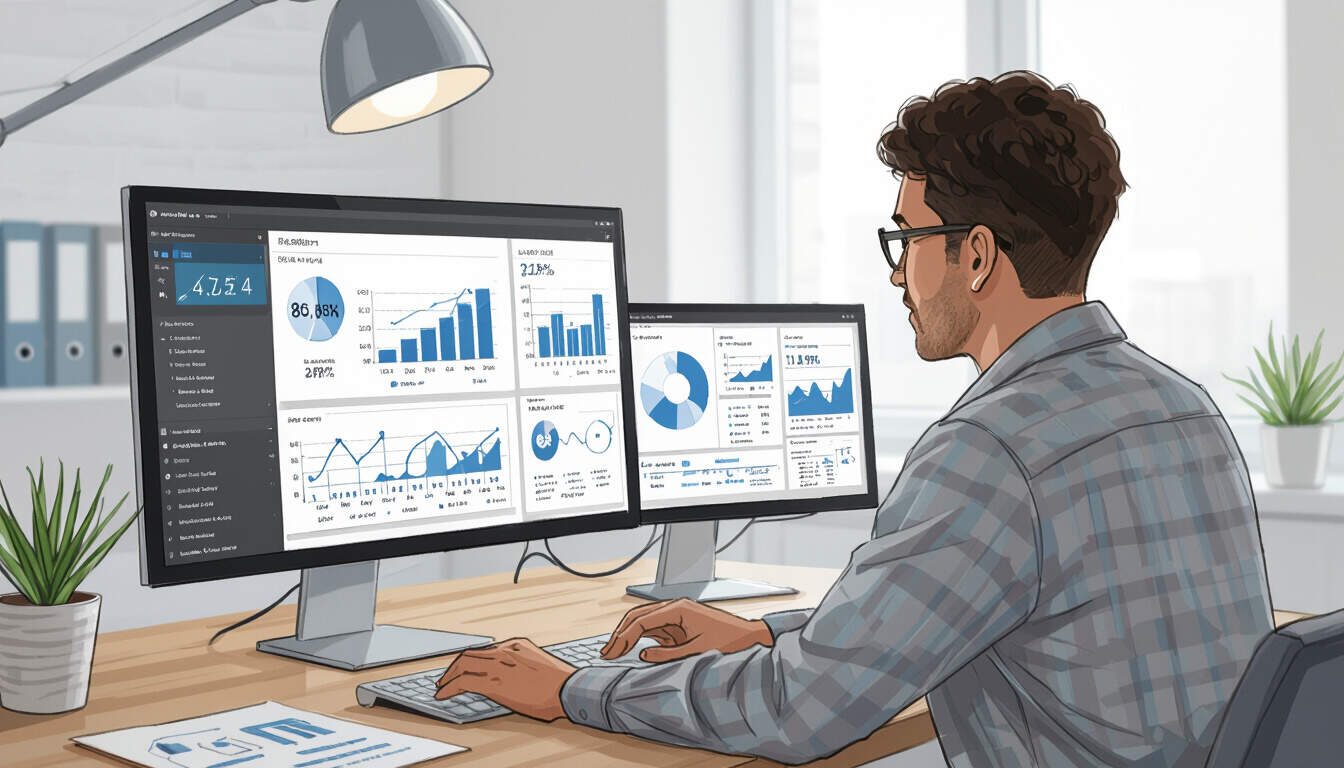Integrating Analytics into Solo SaaS Applications
 by Max Miller
by Max Miller
Discover how integrating analytics can transform your solo SaaS product by providing essential insights into user behavior and performance. This guide offers practical steps and examples for seamless implementation, helping solo developers optimize their offerings effectively.

Solo SaaS developers often face the challenge of making data-driven decisions with limited resources. Integrating analytics into your application can provide valuable insights that improve user experience and business outcomes. By tracking key metrics, you can identify trends and areas for enhancement.
One key aspect is selecting the right tools for SaaS integration. Many platforms offer straightforward APIs that allow for easy connection. For instance, services like Google Analytics or Mixpanel can be incorporated to monitor user interactions without overwhelming your setup.
To begin the process, start by defining your goals. What specific data do you want to collect? This could include user engagement rates or conversion metrics. Once defined, follow a simple step-by-step approach to implementation.
First, set up an account with your chosen analytics provider. This usually involves creating a project and obtaining an API key. Next, integrate the tracking code into your application's codebase. For a web-based SaaS, this might mean adding a script to your HTML files.
Consider a real-world example: a solo developer building a task management app. By integrating analytics, they tracked how users navigated the interface. This revealed that a particular feature was underused, leading to refinements that boosted adoption.
In practice, handle data privacy from the outset. Ensure compliance with regulations like GDPR by anonymizing user data where possible. This not only protects your users but also builds trust in your SaaS product.
Benefits of Analytics Integration
There are several advantages to this approach. It enables better resource allocation, allowing you to focus on features that deliver the most value. Additionally, regular data review can highlight potential issues before they escalate.
For solo entrepreneurs, the ability to automate reports is particularly useful. Many tools offer dashboards that summarize data visually, saving time on manual analysis.
Step-by-Step Guide to Integration
-
Choose your tools: Evaluate options based on ease of use and cost. Free tiers are often sufficient for solo projects.
-
Prepare your application: Update your code to include necessary hooks for data collection. This might involve modifying frontend scripts or backend services.
-
Test the integration: Use sample data to verify that tracking works correctly. Monitor for errors and adjust as needed.
-
Analyze and iterate: Once live, review the data periodically. Use insights to make informed changes, such as A/B testing new features.
In one case, a developer of an e-learning platform used this method to see which courses were most popular. The data showed preferences for interactive content, prompting updates that increased user retention.
Maintaining a clean and efficient architecture is crucial. Avoid overloading your application with unnecessary tracking to keep performance optimal. Focus on essential metrics that align with your business objectives.
Over time, as your SaaS grows, you can expand integration to include advanced features like funnel analysis or cohort tracking. This helps in understanding long-term user behavior and retention patterns.
By incorporating these practices, solo developers can create more responsive and user-focused applications. The key is consistent monitoring and adaptation based on the insights gained.
In summary, integrating analytics into your solo SaaS setup offers a pathway to sustained improvement. With practical steps and real examples, you can enhance your product effectively and drive better results.
